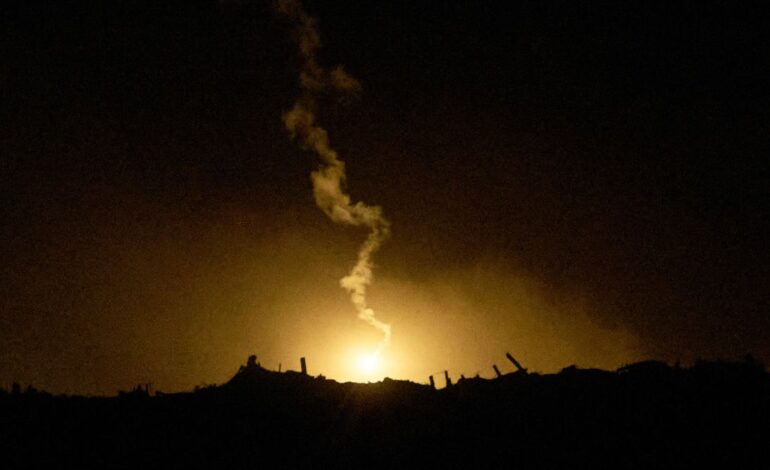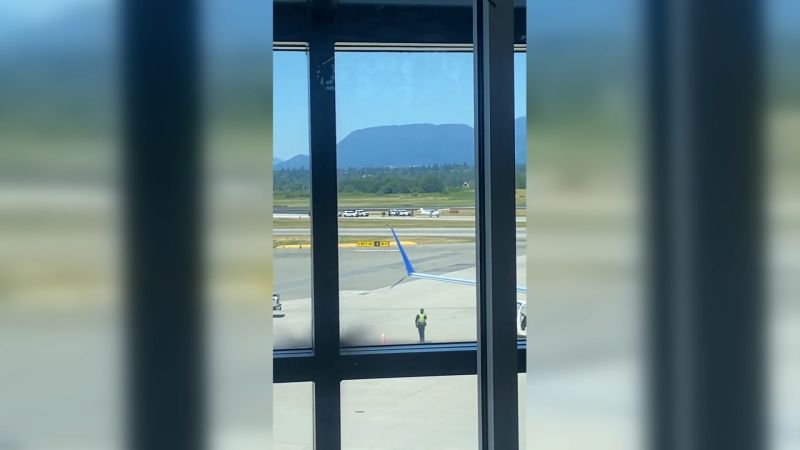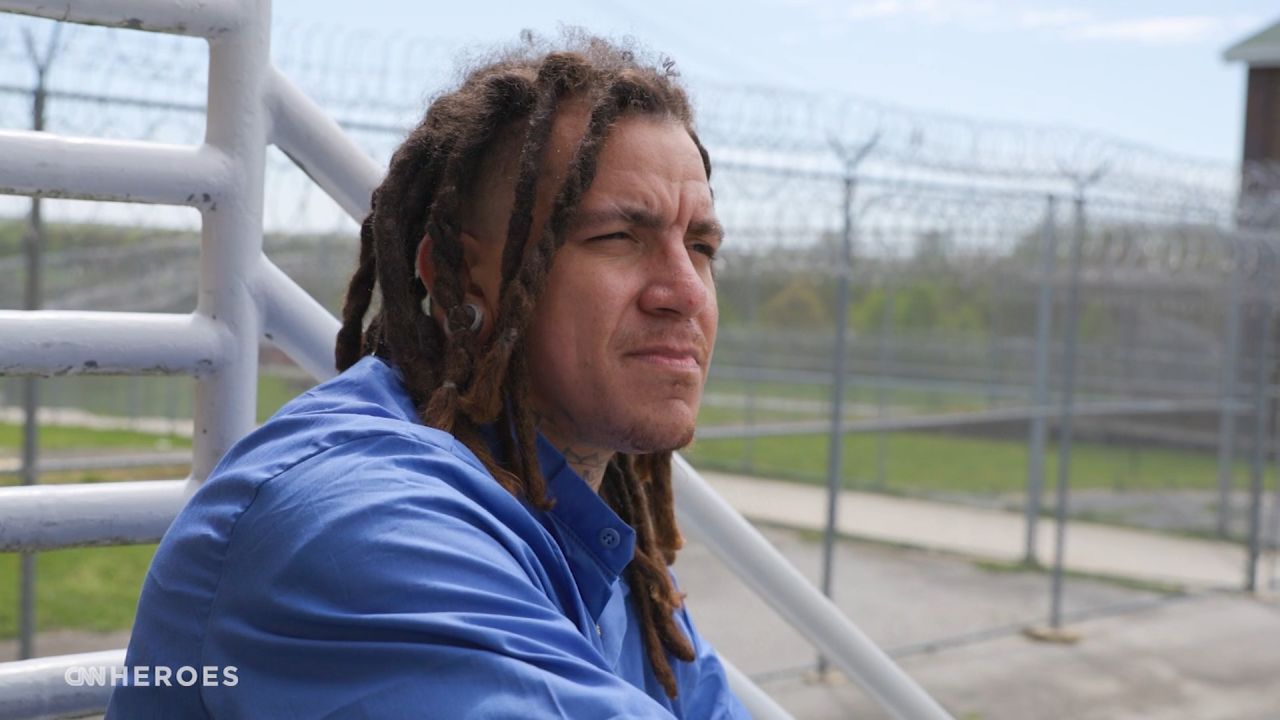Gaza’s Fragile Ceasefire Faces Renewed Violence and Challenges

Tensions in Gaza escalated sharply on October 31, 2023, as a truce brokered by the United States experienced significant strain. Israeli forces reported coming under fire in Rafah, resulting in the death of an Israeli soldier. In response, Israel conducted extensive air strikes across Gaza, leading to more than 100 fatalities, as confirmed by the Palestinian Ministry of Health. Despite this violent outbreak, both Hamas and Israel reaffirmed their commitment to the ceasefire by the following morning, highlighting the precarious nature of the current situation.
The ceasefire, initially established on October 10, has proven to be a fragile yet enduring arrangement. There have been multiple violent escalations since its inception, including incidents on October 19 and 28, which resulted in casualties on both sides. The conflict appears to be characterized by a pattern of brief yet intense confrontations, raising concerns about the long-term sustainability of the ceasefire.
US officials, including Secretary of State Marco Rubio and Vice President JD Vance, have indicated that the path to lasting peace will be complex, with numerous “ups and downs.” While they express optimism about the ceasefire’s potential, the situation on the ground remains volatile. The agreement itself has been largely shaped by the diplomatic efforts of US President Donald Trump, who played a critical role in urging both parties to adhere to the terms.
The fragility of the ceasefire is underscored by the ongoing military presence of Israeli forces, which occupy over half of Gaza’s territory. According to Muhammad Shehada, an expert with the European Council on Foreign Relations, this occupation includes isolated Hamas cells that are cut off from the main leadership. He warns that these disconnected groups pose a significant threat, as their desperation could lead to further violence.
Since the ceasefire began, more than 200 Palestinians have died, with the majority of casualties occurring during the recent escalations. In contrast, three Israeli soldiers have lost their lives in Gaza during the same timeframe. Military and defense analyst Yoav Limor predicts that without sustained US involvement, further conflict is inevitable. He emphasizes that Hamas remains a persistent threat that will continue to adapt and resist.
The US government has dispatched high-ranking officials to oversee the ceasefire and facilitate humanitarian efforts, signaling a commitment to maintaining engagement in the region. This extensive diplomatic effort aims to lay the groundwork for the next critical phase, which includes the establishment of an international force in Gaza and the disarmament of Hamas.
At a recent press conference, Qatari Prime Minister Sheikh Mohammed bin Abdulrahman Al Thani indicated that Hamas may be open to ceding power in Gaza. He stressed the importance of creating a political framework that ensures safety for both Palestinians and Israelis. The success of this initiative hinges on the disarmament of Hamas and the establishment of a single authoritative body for governance.
The current environment in Gaza reflects a precarious balance between a ceasefire that offers temporary relief and the looming threat of renewed violence. Without substantial progress on the most challenging aspects of the ceasefire agreement, both Israelis and Palestinians may find themselves trapped in a cycle of short-term truces that fail to provide a lasting resolution to their conflict.






